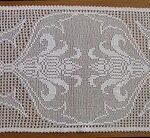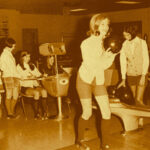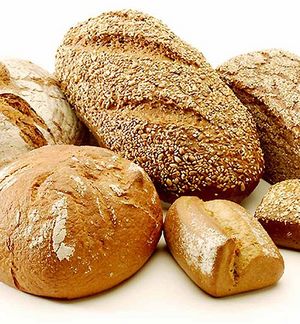Buying the right pair of running shoes has little to do with fashion and everything to do with function. That is, at least, for the serious runner. Several factors play a role in the selection of the right pair of running shoes including.
It’s best to go to a store that specializes in running shoes. Shoe fitting by a trained specialist can make the difference in you’re the comfort and durability of your shoe.
What to look for when buying a running shoes: Arch Support
It pays off in the long run to know your own arches and the level of support you need. In a running shoe, the right amount of arch support can make the difference between bruised fallen arches and too much upward pressure applied to your foot.
Too much arch support may force your foot to roll, more than its natural tendency to do so. Too little support and you will feel a strain in one of the tenderest areas of your foot, the arch. Running shoes are designed with differing levels of arch support. Whether you have a high arch, low arch, or no arch you need a shoe that accommodates your foot.
What to look for when buying running shoes: Stability
Some runners are blessed with a natural, straight gait. There foot leaves the ground and lands facing the same direction. Most runners deal with some degree of pronation. Pronation occurs when the foot rolls inward upon impact. Pronation may be mild to severe. A foot that rolls toward the outside is said to supinate.
A running shoe specialist will watch you run or jog a few yards and be able to tell whether your foot is rolling when you land. One way you can tell is by examining your old shoes. If you find excessive wear on the inside edge of the shoe, it is caused from your foot’s pronation. If the outside edge of your shoe is more worn your foot likely supinates when you walk or run.
Running shoes are designed with extra support depending on the type severity of your pronation or supination. Support in running shoes is often referred to as roll bars. That is because they are designed to keep your foot from rolling to the inside or outside. They correct your step. Extra support is provided by an inside roll bar for feet that tend to roll in, and outside support corrects your step if you tend to roll out.
If you have not previously been fitted with a good pair of running shoes, you may feel a little pull or different aches and pains in your lower leg muscles. Your knee may even experience a little discomfort at first, as your foot is corrected to lift from the ground and land more correctly.
Over time, correctly fitted running shoes that correct pronation problems will enable you to run longer without injury.
What to look for when buying running shoes: Sole Support
Some runners swear by good old fashioned rubber. Rubber has offered cushion, support, and lift for runners for years. New technology includes “shocks,” air pockets, polyurethane, and gel support. Because sole support is a trendy issue right now, and some runners swear by one type of support or the other sole support can add to the cost of running shoes. That does not minimize the importance of paying attention to the type of support with which you feel most comfortable.
Weight, knee and leg problems, and duration of running times are all factors to consider when selecting the right support for your running shoe. Ultimately, it is a matter of your comfort; however, there are structural differences.
The midsole of the shoe absorbs the most weight. It protects your food from hard objects in the road. The midsole also provides bounce, or rebound, as you pick up your foot for the next stride.
Be aware that your running shoes are absorbing two to three times your body weight each time your foot lands. You should give any pair of running shoes a trial run prior to making a purchase to make sure that you have chosen a pair in which you feel you can get the distance you need.
What to look for when buying running shoes: Fit
Buying a shoe that fits seems obvious, but do not underestimate the importance of fit when buying a running shoe. Shoes should not be too short in the toes. Likewise, there should not be too much extra length. If you are able to slip your thumb between the heel of the shoe and the back of your foot there is too much room. If your foot slips in your running shoes you will develop serious blisters.
If the back of the shoe fits to snuggly or awkwardly against your ankle it may cause blisters, as well. To prevent blisters also check for inside seems that may rub blisters.
It is worth the time and money to invest in a good, well fitted pair of running shoes. It will pay off with fewer injuries and a more comfortable runs for you.




